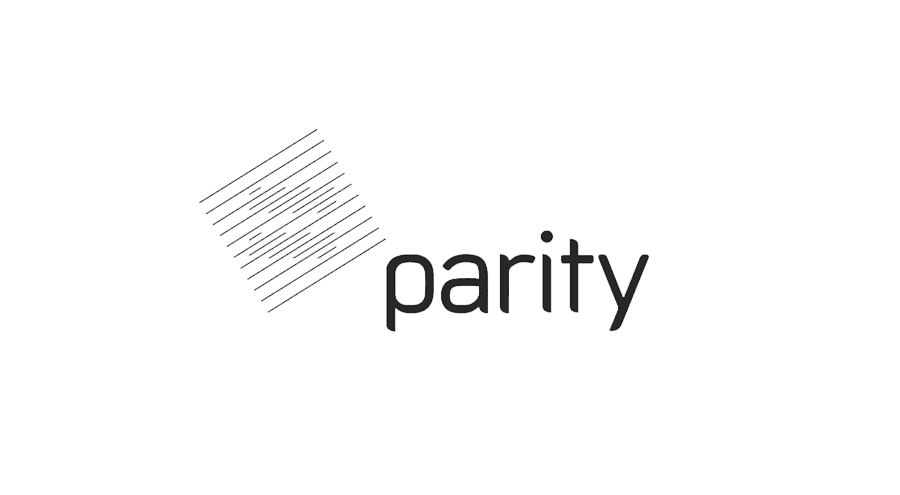Parity Technologies, the developer of blockchain infrastructure for the decentralized web, today announced the alpha release of Ethereum wallet, Parity Fether. Using the Parity Ethereum light client, Fether can access the blockchain in a fully decentralized manner.
The wallet allows users to create Ethereum accounts as well as receive and send Ether and ERC20 tokens in just a few clicks. Parity Fether paves the way for developers to embed light clients in their applications instead of relying on centralised nodes to access the Ethereum blockchain.
For testnet only
Because the code has yet to be audited, Parity advises not to use Parity Fether on the Ethereum mainnet or use it for anything other than test usage. Upcoming releases of Fether will focus on stability and user experience improvements, including adding BIP39 seed phrase support and Parity Signer integration.
Built using Light.js, a light-client library for DApps
To lower the barrier to entry to developing with light clients, Parity developed a high-level reactive javascript library called Light.js, specifically created to easily develop front-end applications that interface with a light client. It abstracts specific aspects of the development to let developers concentrate on their application’s logic. While building applications relying on a light client is very similar those relying on a full node, light.js helps Dapp builders use the best development patterns.
